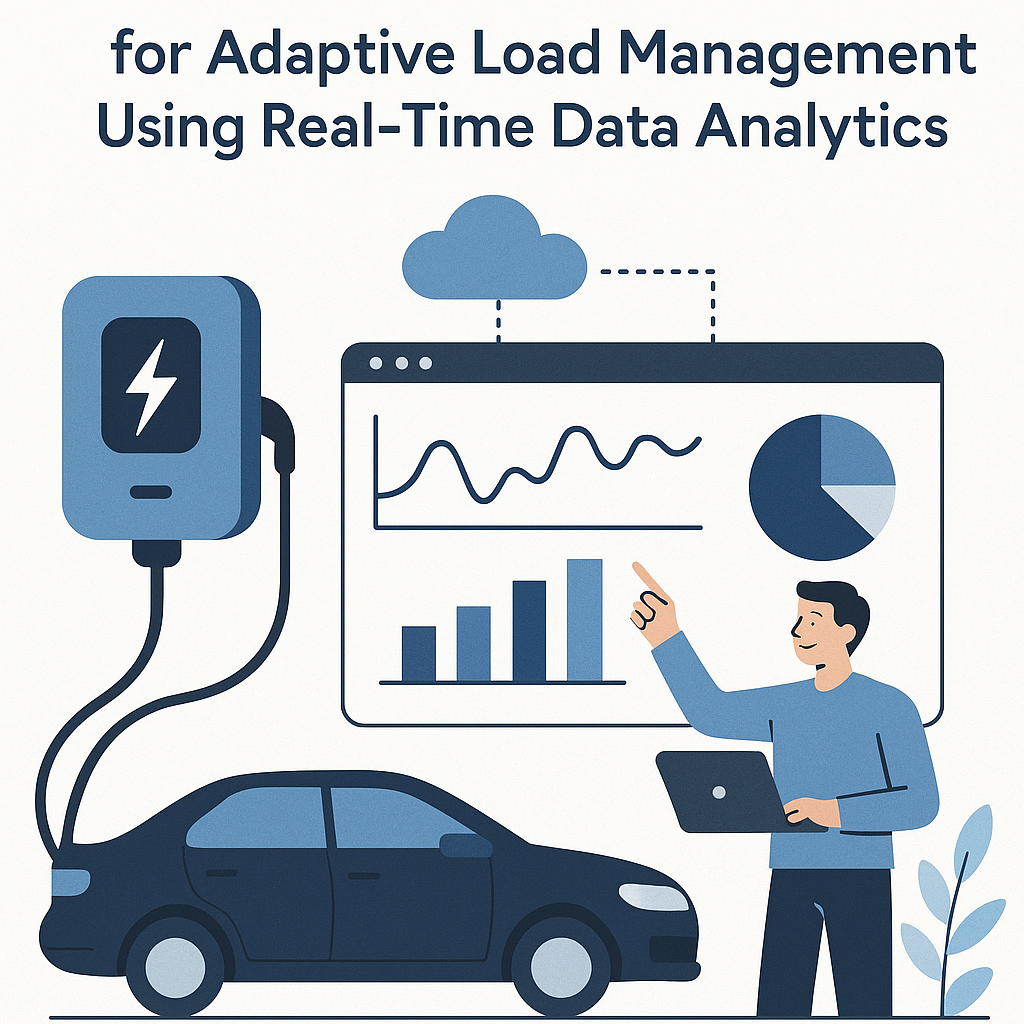Introduction
As electric vehicles (EVs) gain popularity, the demand for efficient charging solutions has become paramount. An essential component of this ecosystem is the firmware architecture of EV chargers. Optimizing this architecture for adaptive load management using real-time data analytics can significantly enhance the performance and reliability of charging stations. This blog post will delve into the key strategies for achieving this optimization.
Understanding Firmware Architecture in EV Chargers
The firmware architecture of an EV charger is the underlying software that controls its operations. This architecture is crucial for managing tasks such as energy distribution, communication with vehicles, and integration with the electric grid. A well-structured firmware can lead to:
- Improved efficiency in energy usage
- Enhanced communication with EVs and the grid
- Better user experience through real-time feedback
The Role of Real-Time Data Analytics
Real-time data analytics involves the processing and analysis of data as it is generated. In the context of EV chargers, this means continuously monitoring various parameters such as:
- Charging patterns of users
- Grid demand and supply
- Battery status of EVs
By leveraging real-time data, firmware can make informed decisions to optimize load management effectively.
Key Strategies for Optimizing Firmware Architecture
1. Modular Firmware Design
Implementing a modular design allows for easy updates and scalability. Each module can handle specific tasks, such as:
- Load balancing
- User authentication
- Data logging and analytics
This approach not only simplifies maintenance but also enables rapid deployment of new features.
2. Implementing Adaptive Load Management
Adaptive load management is crucial for optimizing energy distribution among multiple chargers. This can be achieved through:
- Dynamic load allocation based on real-time demand
- Prioritizing charging for vehicles based on user preferences or battery status
- Integrating with smart grid technologies to optimize energy use
By adapting to real-time conditions, chargers can minimize energy costs and improve user satisfaction.
3. Utilizing Machine Learning Algorithms
Machine learning can enhance firmware capabilities by predicting user behavior and optimizing energy distribution. Techniques include:
- Predictive analytics to forecast peak charging times
- Pattern recognition to identify and adapt to user charging habits
- Feedback loops to continuously improve algorithms based on real-world data
Incorporating these algorithms can lead to more intelligent charging solutions.
4. Ensuring Robust Communication Protocols
Effective communication between the charger, EVs, and the grid is vital. Employing robust communication protocols ensures:
- Seamless data exchange
- Real-time monitoring and control
- Enhanced security against cyber threats
Protocols such as OCPP (Open Charge Point Protocol) can facilitate interoperability between different systems.
5. Integrating User Interfaces for Enhanced Interaction
A well-designed user interface can improve user engagement and satisfaction. Key features may include:
- Real-time charging status updates
- Notifications for charging completion or issues
- Options for scheduling and prioritizing charging sessions
By providing users with clear and accessible information, chargers can enhance the overall charging experience.
Conclusion
Optimizing the firmware architecture of EV chargers for adaptive load management using real-time data analytics is crucial for the future of electric vehicle infrastructure. By implementing a modular design, utilizing machine learning, ensuring robust communication, and enhancing user interfaces, manufacturers can create efficient, reliable, and user-friendly charging solutions. As the landscape of electric mobility continues to evolve, these strategies will play a vital role in meeting the demands of both consumers and the energy grid.



